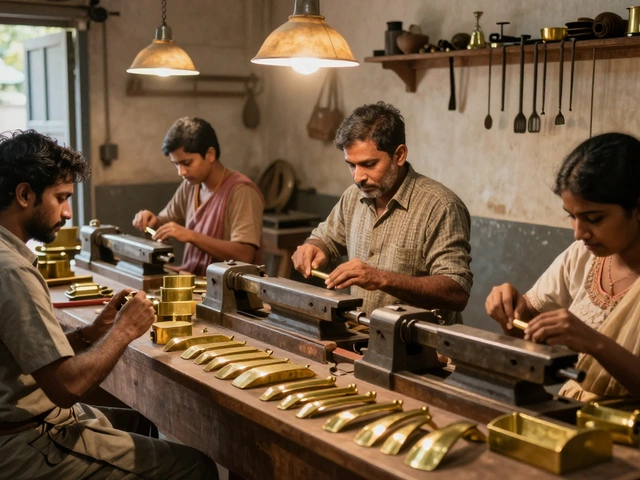Market Trends
When talking about Market Trends, the overall direction and shifts in demand, pricing, technology and competition across industries, you’re really looking at a web of related forces. One of the biggest drivers today is Manufacturing Cost Trends, how expenses for equipment, labor, energy and compliance evolve over time. At the same time, Product Demand Trends, the changing preferences of consumers that shape which items soar in sales dictate where opportunities appear. The story isn’t complete without Geographic Cost Comparison, the side‑by‑side look at manufacturing expenses in places like India and China, which often decides where new factories pop up. Finally, spotting Emerging Low‑Competition Sectors, niche markets that have room for new players and higher margins can be a game‑changer for startups and established firms alike. Market trends weave these elements together, shaping strategic choices for anyone in the manufacturing arena.
Why tracking market trends matters
First, Manufacturing Cost Trends influence profit margins directly – as equipment prices dip or energy costs spike, companies must adapt pricing or find efficiency gains. This is why lean waste reduction, highlighted in posts about the biggest waste in manufacturing, becomes vital. Second, Product Demand Trends guide product development; the rise of smartphones as the top‑selling item in 2025 shows how consumer tech can steer whole supply chains. Third, the Geographic Cost Comparison between India and China reveals hidden savings; lower labor rates in India combined with government incentives can tilt decisions toward “Make in India” projects. Fourth, the rise of Emerging Low‑Competition Sectors – such as specialized pharma hubs, sustainable fabrics in Mumbai, or low‑competition manufacturing niches – opens doors for new entrants who avoid saturated markets. These connections form a clear set of semantic triples: Market trends encompass manufacturing cost trends; market trends influence product demand trends; geographic cost comparison shapes market trends; emerging low‑competition sectors drive new market trends. Together they paint a dynamic picture that explains why a factory in Pune might outshine a plant in Shanghai, or why a startup should focus on ultra‑clean food processing unit operations rather than generic commodity production.
All of this means the articles below give you a practical runway. You’ll see real‑world cost breakdowns for starting a manufacturing company in 2025, deep dives into which products are hot right now, side‑by‑side cost tables for India versus China, and curated lists of sectors with low competition. Whether you’re budgeting a small factory, scouting the next best‑selling item, or planning to shift production across borders, the insights here will help you read the market’s signals and act with confidence. Let’s explore the full collection and see how each piece fits into the bigger trend landscape.
Top Trending Products Consumers Are Buying in 2025
Discover the product categories Australians are buying most in 2025, why they matter for manufacturers, and how startups can turn these trends into profitable ventures.
Read More




